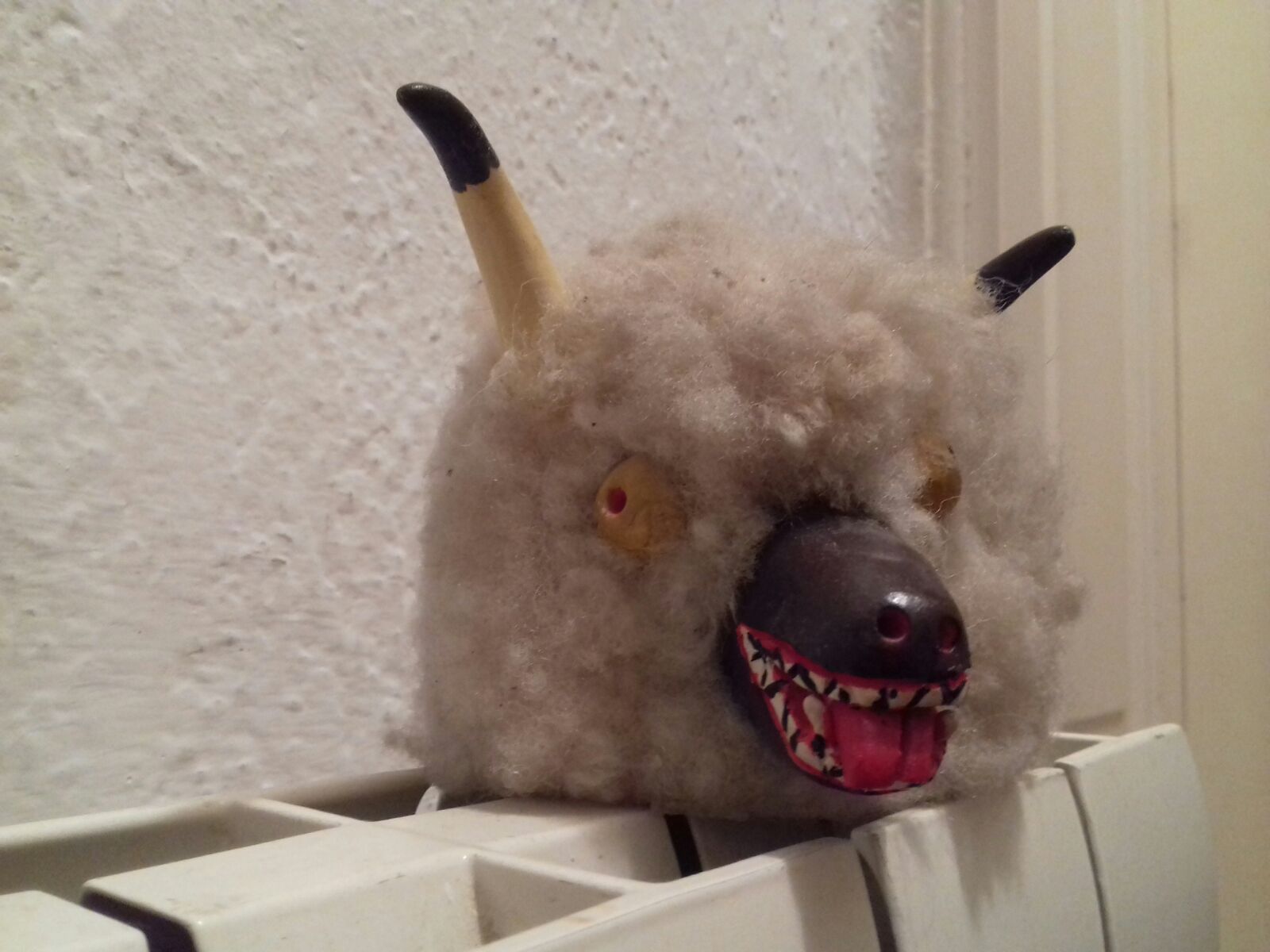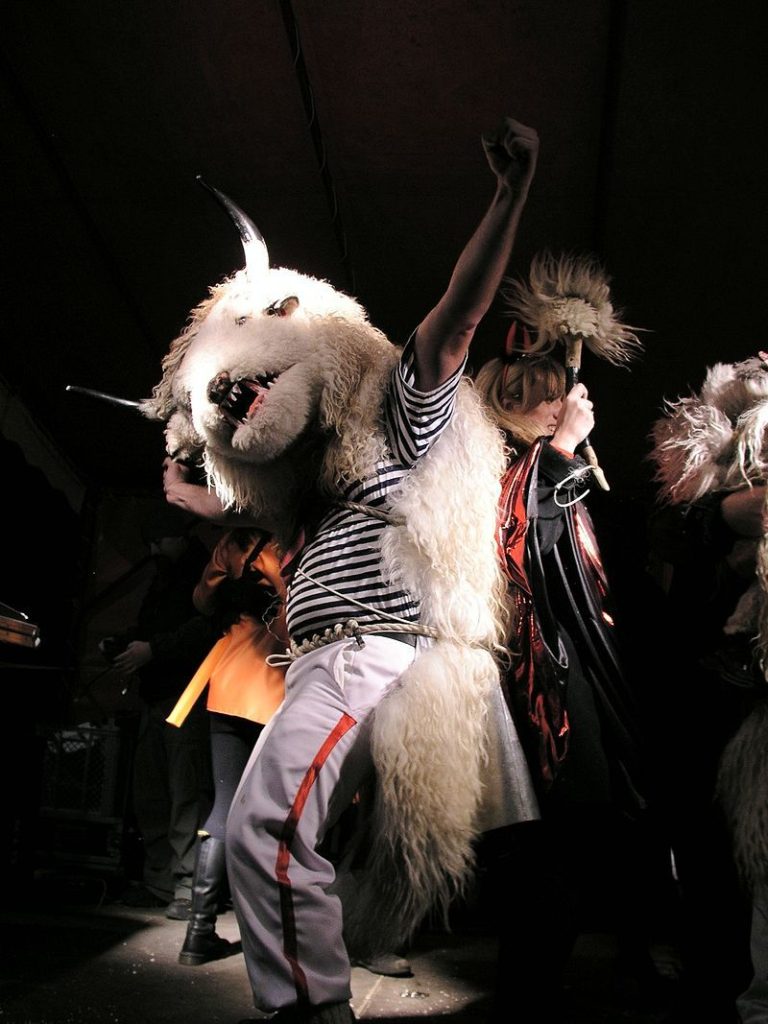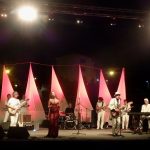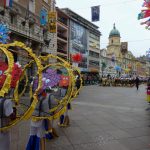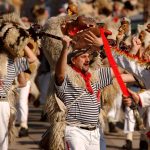Even though the calendar says otherwise, Rijeka temporarily said goodbye to winter and glided into the most flamboyant season of them all. Premature spring? Nope, the so-called fifth season of the year: the carnival!
The festivities on Kvarner were set in motion on January 17 and will last until February 14, in accordance with the tradition of the carnival month ending on Ash Wednesday. The coming weeks will be filled with costumed parties and ceremonies in countless towns and villages in the wider Rijeka area, crowned with the spectacular international carnival parade on February 11.
The parade as a whole is a colourful, entertaining manifestation involving thousands of costumed participants, but my favourite part is its grand finale: the loud, unabashed performance of the Halubian bellmen.
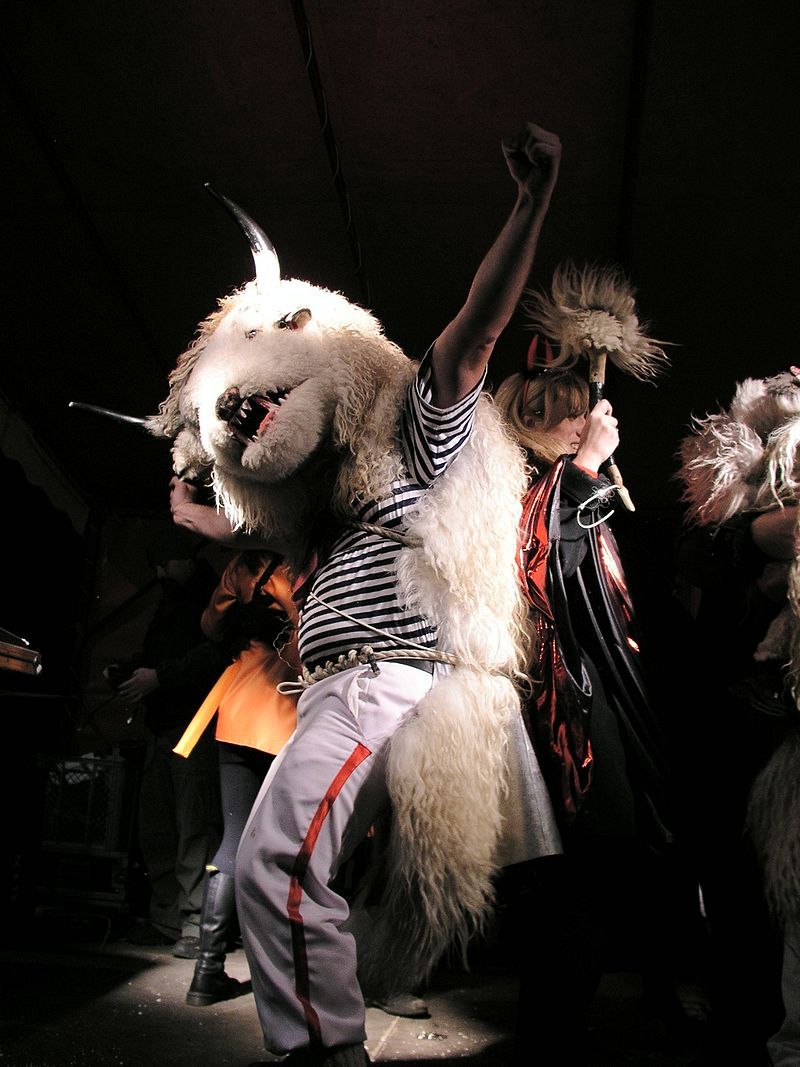
Called zvončari in Croatian (zvono standing for bell), the term refers to the long-running folk tradition that dates back to pagan antiquity. When the carnival season rolls around, the bellmen (or bell ringers) don their extravagant costumes and bells, staging a show to chase malevolent spirits away and usher in the fruitful spring season. The process looks (and sounds) like this:
While their costumes share some common traits, various groups of bellmen differ in appearance according to the area they originate from. The custom was first formed in the wider area of Kastav, a small town located northwest of Rijeka, with several types of zvončari donning somewhat similar masks. In the early 20th century, a certain historic event interfered and left a mark on the local culture: the Treaty of Rapallo split the Kastav area in two in 1920. The western part was given over the the Kingdom of Italy which introduced a ban on masks, spoiling the fun for everyone and leaving the bellmen to improvise and create extravagant hats covered in paper flowers. The tradition is nowadays represented by the men of Zvoneća…
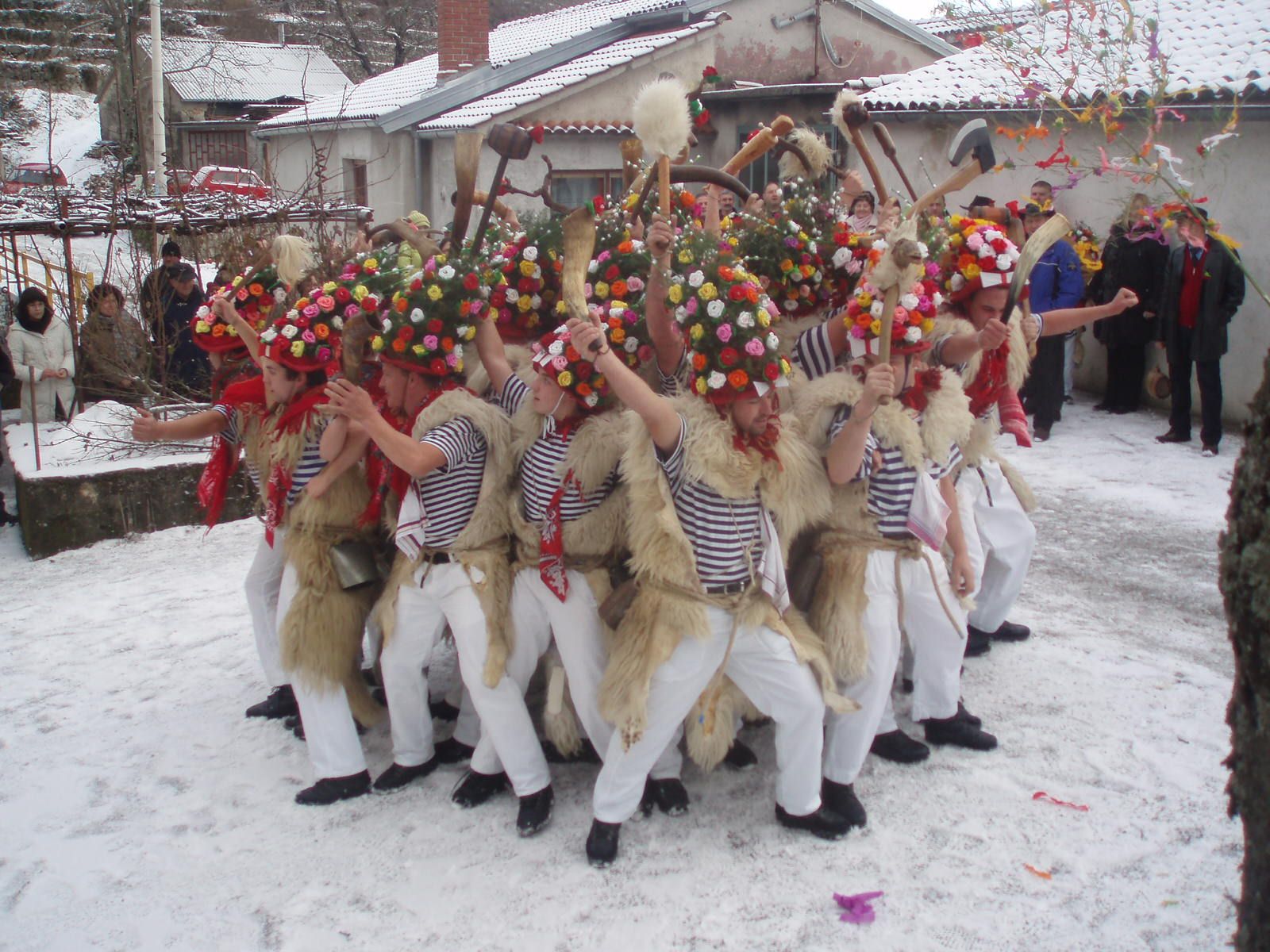
…Žejane…
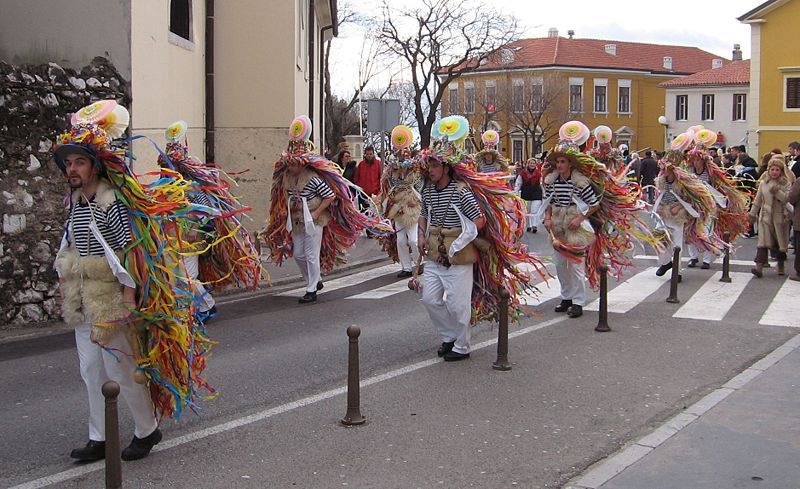
…and Veli Brgud:
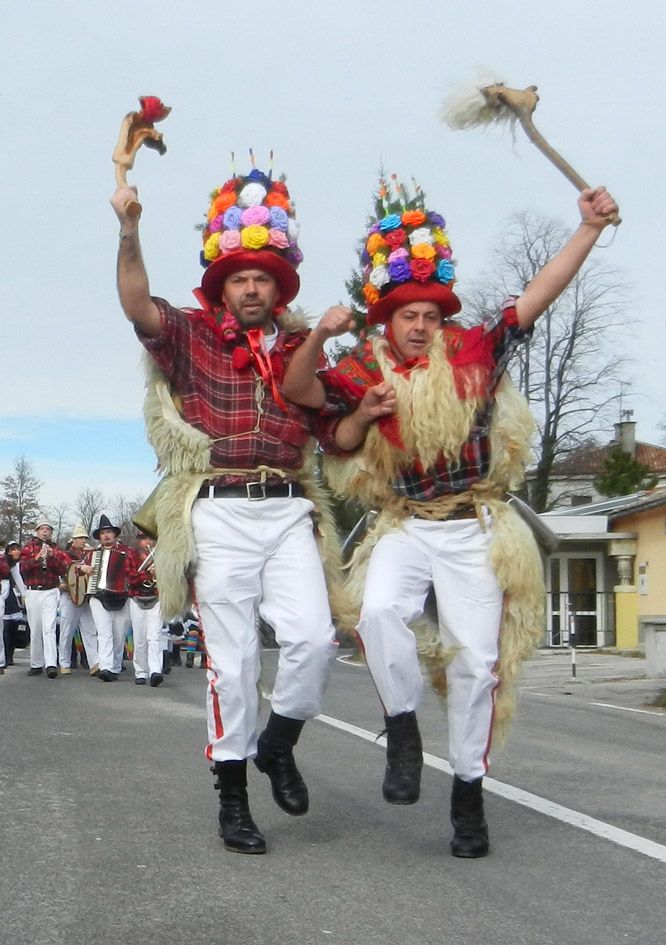
The eastern part remained under the rule of the Kingdom of Serbs, Croats and Slovenes where no such ban was in place, so the bellmen cheerfully carried on donning gigantic head masks shaped as fantastic animal heads. The best known players of this sort are the bellmen of Grobnik, called dondolaši:
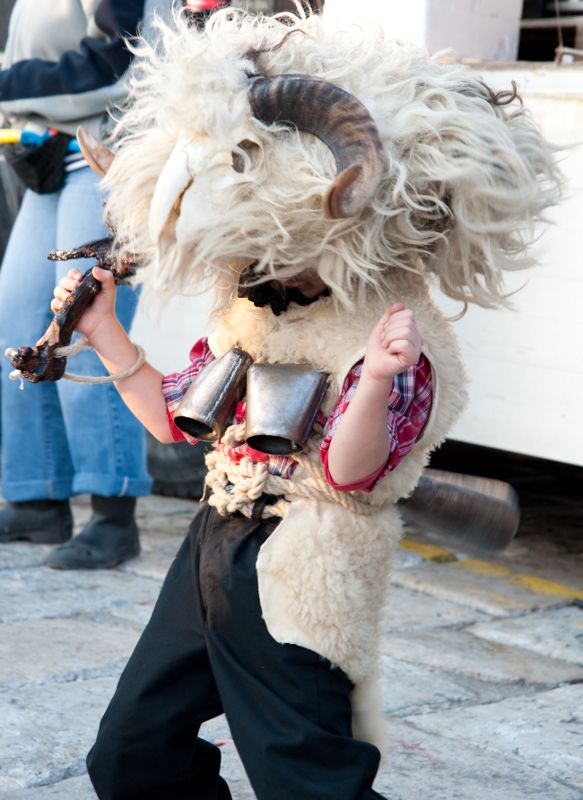
…and Halubians, the masters of the trade who perform at the carnival parade:
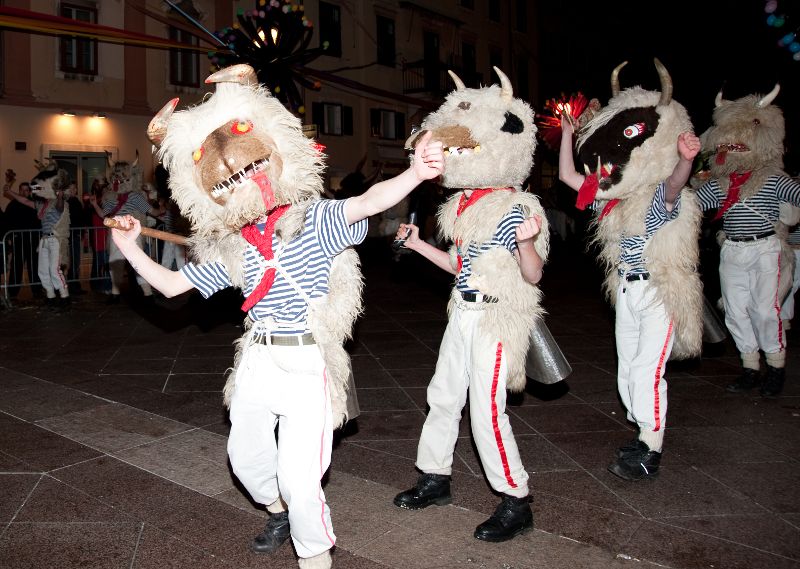
Regardless of their place of origin, all bellmen wear enormous bells attached to their belts at the small of their back, with an occasional addition of a few smaller ones in front. When it comes to headgear, however, there’s no rulebook: flamboyant flower hats, long colourful strips of crepe paper, grotesque zoomorphic designs. Threatening horns, bloodshot eyes, mouths agape, sharp teeth, tongues sticking out… As long as it’s effectively horrifying, everything goes.
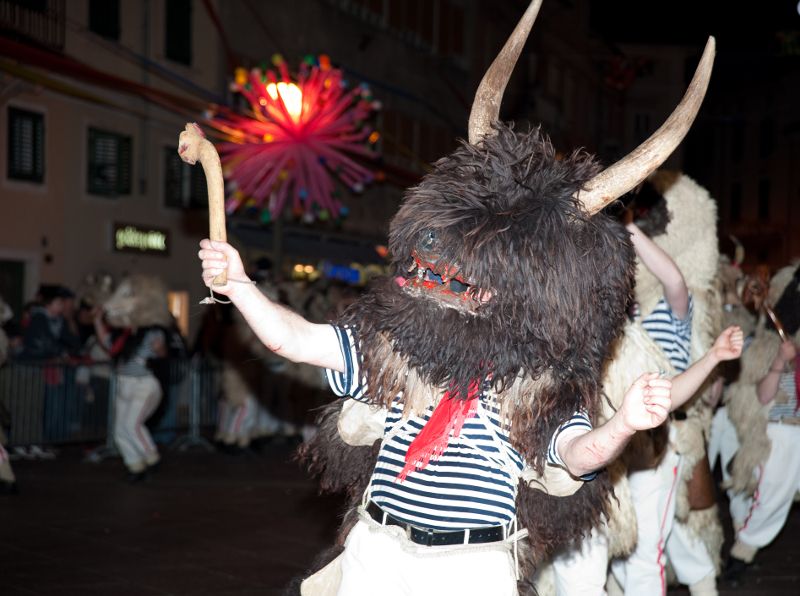
Okay, not necessarily horrifying – the youngsters are allowed a certain dose of cuteness:
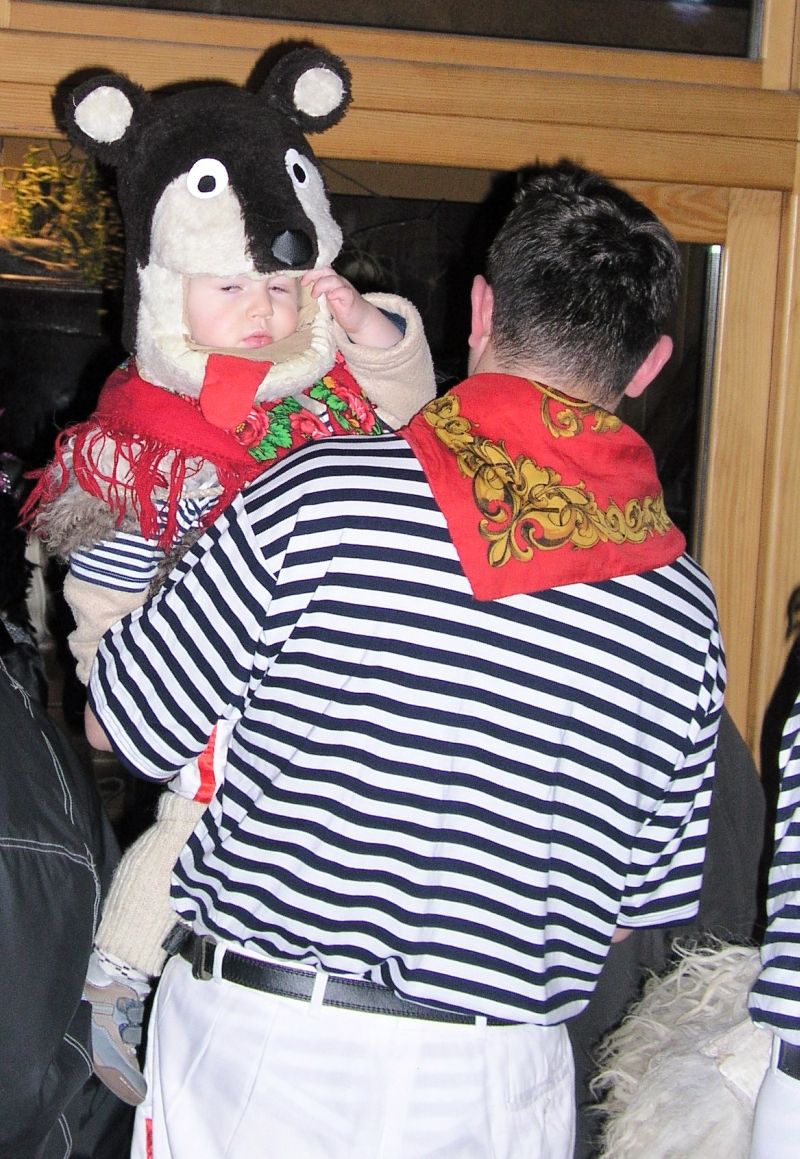
Year after year, the deafening noise of zvončari’s bells keeps the evil spirits at bay. And seeing that you never know what time of year the spirits might rear their ugly heads, I even have a tiny friend of my own to keep me company. Meet Krešo:
